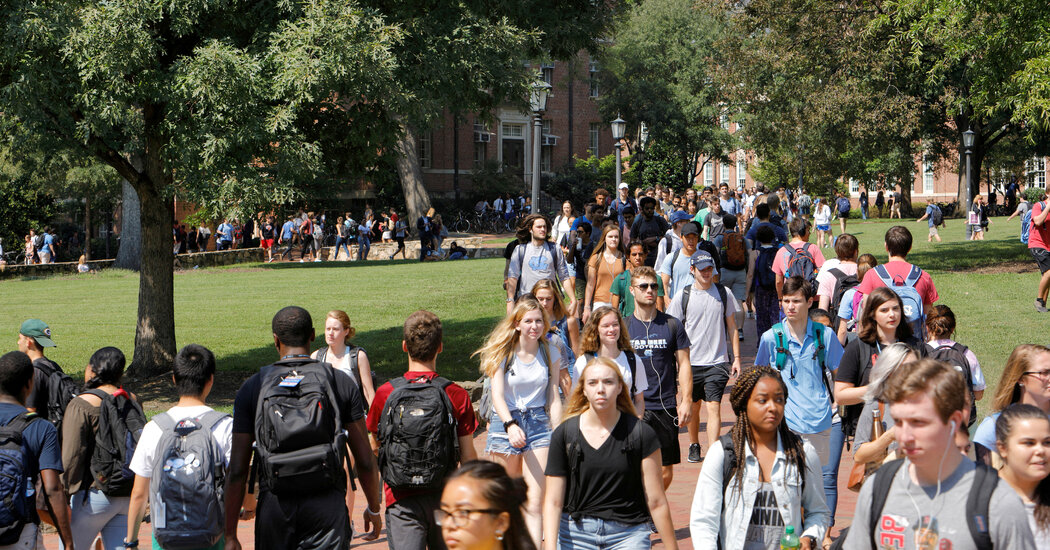Now that the affirmative action arguments are complete, the justices will cast tentative votes at a private conference in the coming days. The senior justice in the majority will then assign the majority opinion to a colleague or, just as likely, keep it. Draft opinions, almost certainly including concurrences and dissents, will be prepared and exchanged.
On average, it takes the court about three months after an argument to issue a decision. But rulings in a term’s biggest cases — and these certainly qualify — tend not to arrive until late June, no matter how early in the term they were argued.
The University of North Carolina and Harvard admissions cases were initially consolidated, meaning that the court had intended to hear a single argument and issue a single decision covering both of them. But Justice Ketanji Brown Jackson, who had served on one of Harvard’s governing bodies, recused herself from the Harvard case, causing the court to separate them.
The court will now almost certainly issue separate opinions in the two cases, though it is possible that the challenge to the University of North Carolina case will do most or all of the heavy lifting and that the Harvard opinion will say little more than that the appeals court’s ruling is affirmed or reversed for the reasons stated in the U.N.C. case.
That is what happened in 2020, when the court decoupled a pair of cases on “faithless electors” that had initially been consolidated before Justice Sonia Sotomayor recused herself from one of them.
But there are enough differences between the affirmative action cases to justify separate opinions. Harvard is a private institution and is accused of violating a statute that forbids discrimination, while U.N.C., a public university, is accused of violating both the statute and the Constitution’s equal protection clause. In addition, questions about the treatment of Asian American applicants figure much more prominently in the Harvard case.
Sumber: www.nytimes.com
